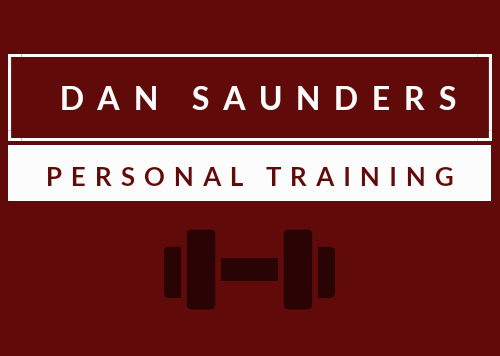Strength training pyramid:
Overview-
· How to structure your own training and focus on the big picture for long term success
· Have fun
· The pyramid and breaking it down
· It all links together in the end, just some bits are more important than others.
-In answer to a few of my clients who would like to know, how I structure training and how I look to progress it for them? I Always have the long term in mind (months, years, decades) and often remark how awesome it is going to be still lifting weights into their 80’s and 90’s.
Train with the end in mind, conventional Deadlifts may not be on the cards today, but if Dumbbell RDL’s get the job done. Fine, I’ll take it.
Every program I structure uses this Pyramid and it has to be fun. (Credit: Thank you Eric Helms of 3DMJ for an easy pyramid to understand)
Well, heavy sledge drags aren’t many people’s cup of tea but I will find a way to make it somewhat enjoyable.
Normally I tell (bad) jokes or superset it with stuff the client does like. Like my super awesome jokes : - )
Like with everything, the base of the pyramid is the most important. Without it, we have no sturdy structure from which to build upon.
The very bottom is Adherence.
Very individual, how many times per week can you commit to? And how much work per session can you do?
Start out saying you can do 6 days per week with extra morning walks and you fall off because, I don’t know, you’re summoned to destroy the one Ring. Heck. Won’t happen.
It comes down to what YOU can adhere to, if starting off with 2 training sessions per week, I’d suggest full body workouts, focusing on compound movements to get the most bang for your buck.
Second tier-Volume, intensity and frequency.
This is where we look to progress by increasing one of these variables
Volume is the total amount of weight lifted. Let’s take a 50kg back squat and do 3 sets of 5 reps. 50 x 3 x 5 = 750kg of total weight lifted. Next training session we do the same sets and reps with 52.5kg. 52.5 x 3 x 5 = 787.5kg of total weight lifted. It’s really easy way to make progress without killing yourself.
Intensity looks at the weight on the bar increasing. Normally for a given repetition range, so if we can complete a set of Deadlifts with 180kg for 4, by the time we can do 190kg 4 then intensity has improved. Yes, volume has also gone up but I will focus on intensity as more of a test than building strength.
Frequency is how many times per week you perform the movement. If you go from benching once per week and bump that up to 2+ then frequency of the lift has gone up.
Once again, all this needs to be fun and fit the individual’s needs and ability to recover.
Third Tier- Progression
You can use one of the three points from before for this, or for building size and strength consider increasing the range of motion of the exercise, your technique improving or completing the same lifts at a lighter bodyweight.
Fourth Tier-
Exercise selection, this comes down quite low on the list. Mainly being, if we look at movements to simulate strength and growth. We’ll take pulling movements for example, now I am not saying just pick one. But also, find one that works for you and apply the other three layers of the pyramid first before thinking that your palms need to be pronated by an extra 15 degree in order to hit the Lats harder. Bro.
Barbell bent over rows
Chin ups
Pull ups
Dumbbell Rows
Lat pull down
Well the list goes on really, but they all work and they all have their own time and place within your training. Do something that doesn’t hurt the joints and get stronger at it
Fifth Tier- Rest periods and tempo
Rest periods are how long you take between exercises, some people like 45-60 seconds, I know others that need 5+ minutes (50 rep back squats need 5+ days… thanks Dan John) really. It doesn’t matter all that much, if you start cooling down; take shorter rests. If you can’t catch your breath and your technique starts to fail. Take longer. Simple.
Tempo of the exercise, I use tempo work normally as part of a fake “de-load”, 4-5 seconds down, 2 seconds up. Normally allows us to lighten the load enough people can recover while still feeling worked. Under normal circumstances, just control the weight and stop relying on that bounce to do the lift.
Oh by the way, have fun! Please.


